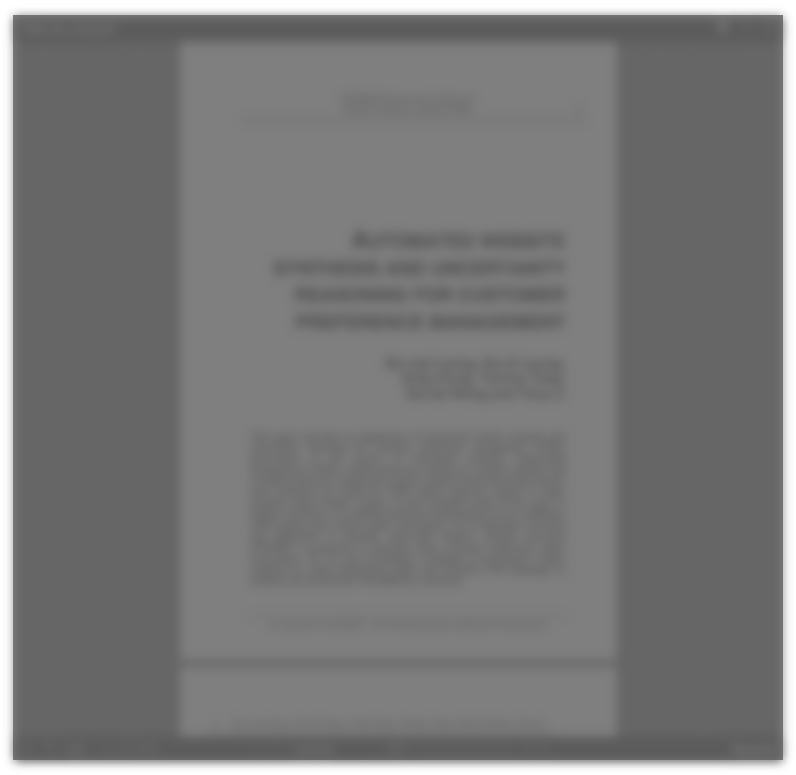Abstract:
This paper demonstrates how qualitative research and new consumer theory led to a pioneer media survey of screen advertising in Danish cinemas. The mission of qualitative research was in this case to identify and explain changes in consumer perception and behaviour and to ensure integration of these findings, so that research remains a valuable marketing tool in order to understand and meet consumer needs in relation to specific advertisers. The results of the qualitative study did not only reveal and explain media quality aspects of screen ads. They also generated a general model on the qualitative aspects of media reception which explains differences in effect on recall and comprehension, depending on the medium. In the media research field which is dominated by quantitative studies, updated qualitative research has proved its justification. The study identifies and explains 3 main phases of the reception situation and the degree of attention, influencing the perception of a screen ad altogether: 1. Phase of arousal; 2. Core phase; 3. Fade-out phase. It is important to note that the reception situation is not limited to be the situation of exposure only. The reception situation is regarded in the context in which the exposure plays a part. The three phases of the context are described in the paper.







